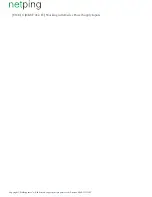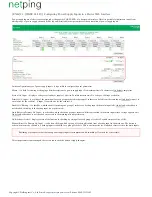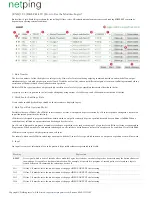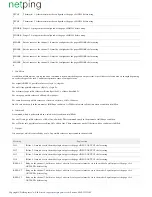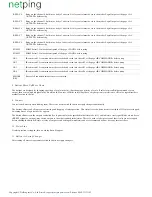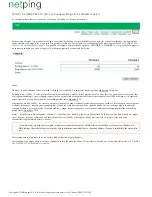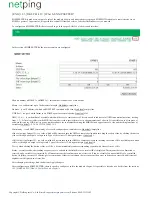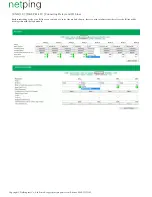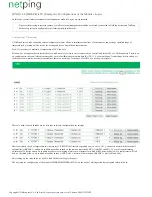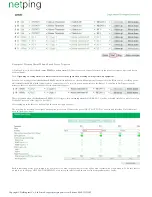
Copyright © NetPing east Co., Ltd E-mail:
Phone:+886-2-23121582
A temperature sensor №3 is used to measure a temperature indoors. In the module «THERMO(HYDRO)STAT» there is a need to configure
TSTAT1
by choosing a sensor №3 from a drop-down list. Then specify a threshold of
20°C and a switching hysteresis of 2°C.
A hysteresis sets a «corridor» around a specified temperature, within which a thermostat does not respond to temperature fluctuations. This function
allows to avoid frequent random switching of a heater (a cooler) caused by natural spontaneous fluctuations of a temperature measured by a
temperature sensor.
If a current status of a thermostat is «
», then a threshold for switching a status is a specified temperature minus a hysteresis value. And vice versa,
above
if a current status is «
», then a threshold for switching is a specified temperature plus a hysteresis value. As soon as a temperature falls or rises and
below
reaches a threshold value including hysteresis thus leaving the limits of «corridor», a status of a thermostat is changed to the opposite one.
After configuring a thermostat, there is a need to click the button «Apply changes».
Recording, saving and replaying IR commands to control an air conditioner is indicated in the corresponding section of a user guide (works for devices
supporting an IR control module
).
IRC-TR v2
Except indicating a relay as an «output» of a rule, there is a need to indicate that this relay will be used together with a logic module. To do this, there is
a need to go to the page «220V MANAGEMENT» of a device web interface and choose a management mode «
»:
Logic
After changing a management mode, there is a need to click the button «Apply changes».
The last step of configuration is starting logic on a corresponding page of a web interface by clicking the button «Start»:

